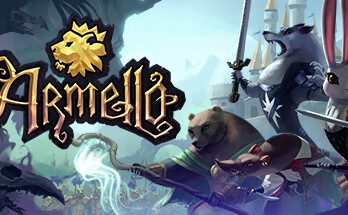
The Western Front was the main theater of the First World War and was fought between the Allied Powers, led by France, Britain, and the United States, and the Central Powers, led by Germany, Austria-Hungary, and the Ottoman Empire. The war lasted from 1914 to 1918 and had a profound impact on the course of European history. This article will explore the history of the Great War on the Western Front, including the key events, battles, and strategies employed by both sides.
Introduction
The outbreak of the First World War in 1914 was triggered by the assassination of Archduke Franz Ferdinand of Austria-Hungary in Sarajevo. The war quickly spread across Europe, with the Allied Powers and Central Powers soon forming opposing alliances. The Western Front was established in northern France and Belgium and stretched for over 700 kilometers.
The Schlieffen Plan
The German army devised the Schlieffen Plan, which aimed to quickly defeat France before turning to face the Russian army in the east. The plan called for a swift attack through neutral Belgium, but it was met with fierce resistance from the British Expeditionary Force, which had been dispatched to defend the country.
Trench Warfare
As the German advance was halted, both sides began to dig in and establish fortified positions. The war on the Western Front quickly became a stalemate, with neither side able to make significant gains. Trench warfare became the dominant form of fighting, with soldiers living in squalid conditions and facing constant danger from snipers, artillery, and gas attacks.
Key Battles
Several key battles were fought on the Western Front, each with significant strategic and human cost. The Battle of the Marne in 1914 marked the end of the German advance and the beginning of trench warfare. The Battle of Verdun in 1916 saw over 700,000 casualties and lasted for over 10 months, with neither side making significant gains. The Battle of the Somme, also fought in 1916, saw over a million casualties, including 60,000 British soldiers on the first day alone.
New Technologies
The Great War saw the development of new technologies that would change the face of warfare forever. The use of poison gas by both sides caused widespread suffering and death. Tanks, first used by the British in 1916, were a new weapon that could break through enemy lines, but they were slow and unreliable. Aircraft were also used for reconnaissance and bombing missions, with dogfights becoming a common sight in the skies over the Western Front.
End of the War
The war on the Western Front continued for four long years, with no clear end in sight. However, in 1917, the United States entered the war on the side of the Allied Powers, providing a much-needed boost to morale and resources. The German army launched a final offensive in 1918, but it was ultimately defeated at the Battle of Amiens, marking the beginning of the end of the war. The Armistice of 11 November 1918 brought an end to the fighting on the Western Front and the First World War as a whole.
Conclusion
The Great War on the Western Front was a long and brutal conflict that had a profound impact on the course of European history. The development of new technologies and the adoption of trench warfare led to a high level of casualties on both sides. However, the ultimate victory of the Allied Powers marked a turning point in the war and set the stage for the eventual end of the conflict.
FAQs
- What was the Western Front in the Great War? The Western Front was a theater of the First World War that stretched for over 700 kilometers in northern France and Belgium.


